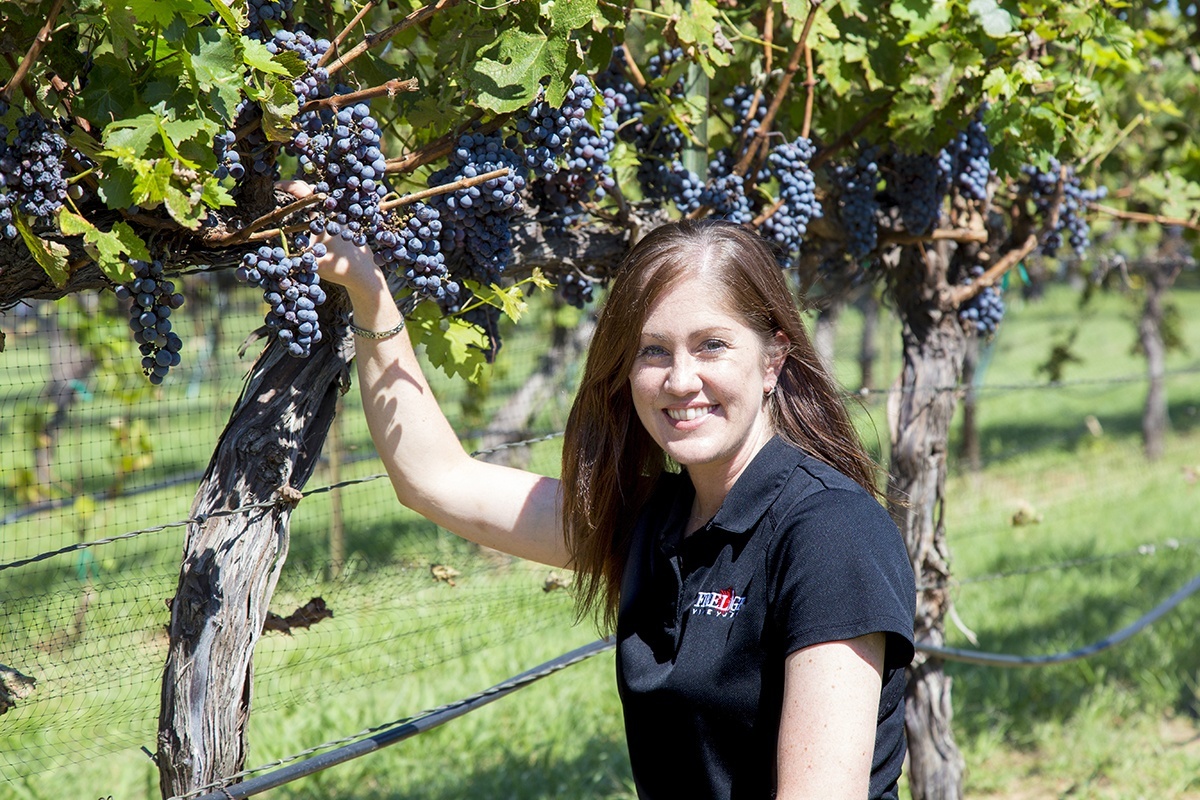Growing grapes is quickly becoming an urban agriculture movement across Texas.
There are 8,000 acres across the state dedicated to the popular crop, and North Texas claims about 450 to 500 of them, said Michael Cook, a viticulture program specialist with the Texas A&M AgriLife Extension Service.
“We continue to expand with 35 to 40 new growers putting in commercial vineyards” each year, he said.
The urban area around Dallas-Fort Worth is attractive because of its proximity to a major population center, plentiful water and fertile soil, Michael said.
CoServ Member Meredith Eaton planted cabernet sauvignon, merlot, tempranillo, Roussanne and chambourcin on three different properties in Valley View. The micro-climate close to Ray Roberts Lake creates the perfect atmosphere for growing fruit in North Texas.
“We all benefit from that slightly cooler temperature and those prevailing winds,” she said.
Grapes are a hot-climate fruit. Like all crops, a slight deviation in weather can be catastrophic. Late summer rain might add too much moisture at a critical time when a drier clime sweetens the flavor.
“You’re trying to get those grapes to ripen just right,” she said.
In 2011-2012 while she attended classes at Grayson College in Denison, about 250 growers had permits in Texas, Meredith said. A Texas Wine & Grape Growers Association report from August 2017, the most recent report available, showed 436 wineries.
“More people are considering getting into the industry, more than I imagined,” she said. “That’s huge growth in just a short time.”
The Grayson College viticulture program that trained Meredith and Michael is named for Thomas Volney “T.V.” Munson, the Denison viticulturist who is credited with saving the French wine industry in the 19th century.
“The thing I’ve enjoyed the most about grapes is history,” Michael said, mulling over the crop and its transformation to wine. “It’s a two-step process – it requires a lot of art and science.”
Follow Firelight Vineyards on Facebook.



